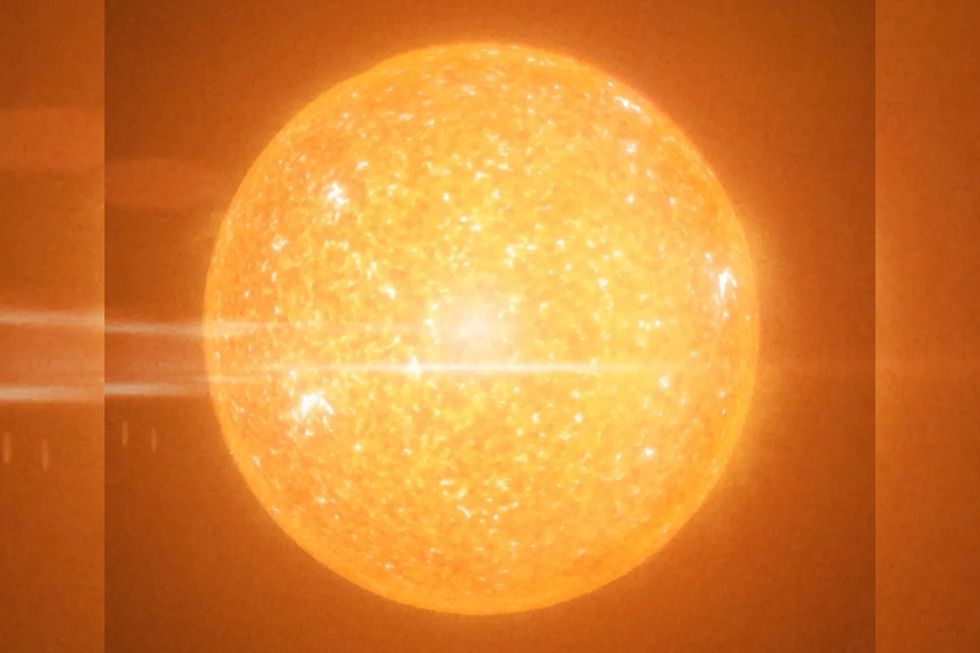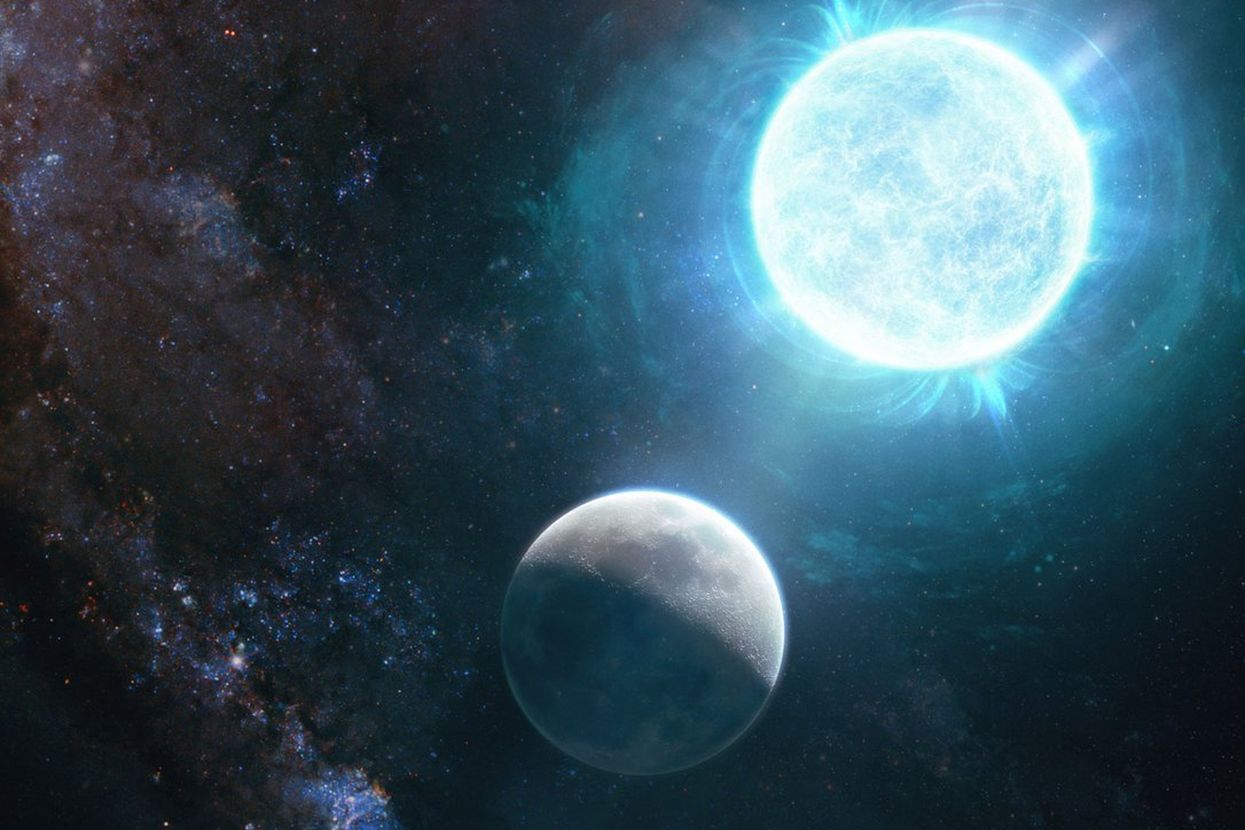Harriet Brewis
Oct 01, 2024
Scientists discover new planet that could potentially support human life
New York Post / VideoElephant
Astronomers have just enjoyed an unprecedented look at the Earth’s likely future, and it's a sobering sight.
In a new paper, published in the journal Nature Astronomy, researchers revealed that they had discovered a distant planet which is, essentially, a model of our own – eight billion years from now.
The planet, catchily known as KMT-2020-BLG-0414, is located 4,000 light-years from here and is a rocky world orbiting a white dwarf — the dense shell of a spent star.
Our own dear sun is expected to transform into one of these in five billion years’ time. But, before then, it will morph into a red giant, consuming Mercury, Venus, and possibly even Earth and Mars, as Live Science notes.
Still, if our planet does manage to survive, it could eventually resemble KMT-2020-BLG-0414, as it drifts further and further away from the graveyard that was once our solar system.
"We do not currently have a consensus [on] whether Earth could avoid being engulfed by the red giant sun in 6 billion years," lead author Keming Zhang, of the University of California San Diego, said in a statement.
"In any case, planet Earth will only be habitable for around another billion years, at which point Earth's oceans would be vaporised by runaway greenhouse effect — long before the risk of getting swallowed by the red giant."
Stars generally burn by fusing hydrogen into helium then, once their hydrogen fuel is used up, they begin fusing helium – leading to a massive increase in energy output.
This causes them to balloon to hundreds or even thousands of times their original size – hence the name red giants – resulting in the swallowing up of nearby planets.

KMT-2020-BLG-0414 is located near the bulge at the centre of our galaxy, and was first spotted by astronomers in 2020 when it passed in front of the light of an even more distant star located 25,000 light years away.
The planet is twice the size of Earth and orbits its white dwarf at a distance of one to two times Earth’s distance from the sun, according to Live Science. And its planetary system also contains a brown dwarf — a star that failed to ignite — which is 17 times the mass of Jupiter.
Still, the fate of our world remains subject to intense speculation, with scientists still unsure of whether humans could prevent the warming that will boil the oceans in the next billion years, or whether life could survive the red giant phase.
Nevertheless, Zhang believes that humans may one day flee to the now icy moons Europa and Enceladus, which orbit Jupiter and Saturn respectively, since both will become water worlds during the sun's later years.
"As the sun becomes a red giant, the habitable zone will move to around Jupiter and Saturn's orbit, and many of these moons will become ocean planets," Zhang said.
"I think, in that case, humanity could migrate out there."
Sign up for our free Indy100 weekly newsletter
How to join the indy100's free WhatsApp channel
Have your say in our news democracy. Click the upvote icon at the top of the page to help raise this article through the indy100 rankings
Top 100
The Conversation (0)














